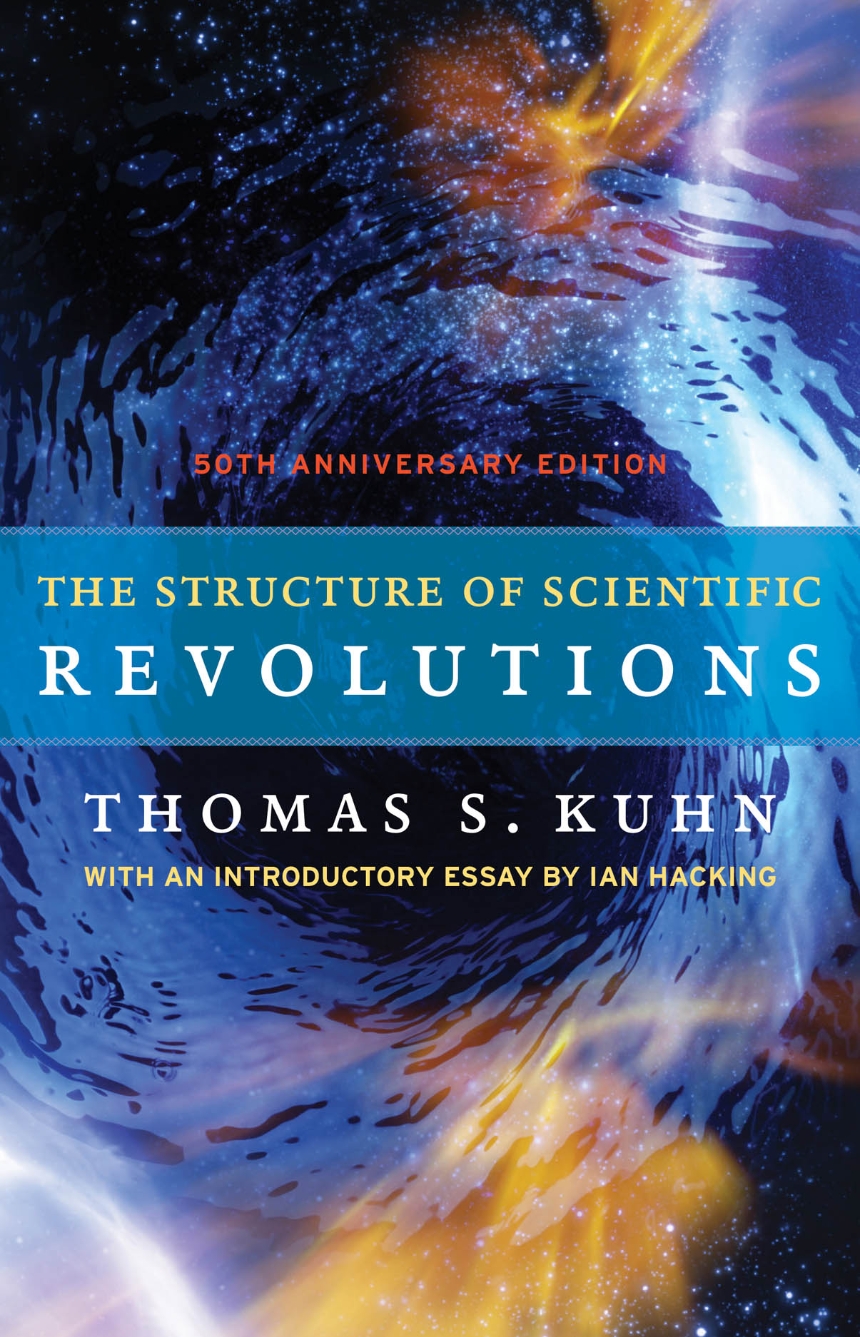The Structure of Scientific Revolutions

Books can often lead us to rethink and reflect on our perceptions, changing our point of view and leading to a deeper understanding of the world around us. But it’s rare for a book to feel like a revelation—even though I don’t exactly like the word—in the sense that it deeply resonates, explaining and organizing fragments of thought that you’ve encountered but couldn’t manage to unify.
Thomas Kuhn’s The Structure of Scientific Revolutions is such a book for me. Starting a master’s program in Science, Technology, and Society Studies at the National and Kapodistrian University of Athens, in the Department of History and Philosophy of Science, I came across some recommended bibliography, and this book—a seminal work that gave birth to STS studies—was one of the firsts.
While it could be classified as a philosophy book, what struck me was the way it seamlessly weaves together history, philosophy, sociology, and, of course, science. The primary question the book addresses is how science and scientific knowledge evolve. The book argues that this evolution is not linear. Knowledge is not simply placed and built layer upon layer, as natural science textbooks often present it. Instead, it’s an active evolution with gaps and different paradigms that struggle to become the leading theory. Kuhn describes two modes of science: “normal science,” where one paradigm reigns unchallenged and scientists work more like puzzle-solvers. In this mode, novelty can emerge from the confirmation of existing theories. Kuhn’s picture of normal science is truly cumulative, but a revolution destroys this continuity. The other mode is “revolutions,” which are struggles between two or more contradictory paradigms.
Of course, I cannot reproduce the entire book’s contents, but I have a couple of points I’d like to highlight.
The first has to do with the seemingly unscientific way different groups adhere to a scientific theory, and how, in retrospect, they seem to resist new knowledge. By utilizing the concept of “paradigms,” which is stronger than the general and more abstract concept of “theory,” this can be explained more easily. As Kuhn states, “But paradigms differ in more than substance, for they are directed not only to nature but also back upon the science that produced them. They are the source of the methods, problem-field, and standards of solution accepted by any mature scientific community at any given time.”
Another sentence that struck me is this: “though the world does not change with a change of paradigm, the scientist afterward works in a different world.” Indeed, this is a powerful way to show that perception and reality are distinct, and that science is more appropriately seen as a structured process to improve our perception of reality.
A last remark has to do with science education and the way that all the previous conflicts become invisible when a new paradigm is established—as if someone smooths over all the rough edges of the past. While this makes sense as an educational method, by sticking to the contemporary, commonly accepted knowledge, it educates new scientists in a way that makes them miss the dynamism of the evolution of scientific knowledge.